Why driverless cars don't belong on public roads (yet)
Autonomous vehicles still can't account for human error
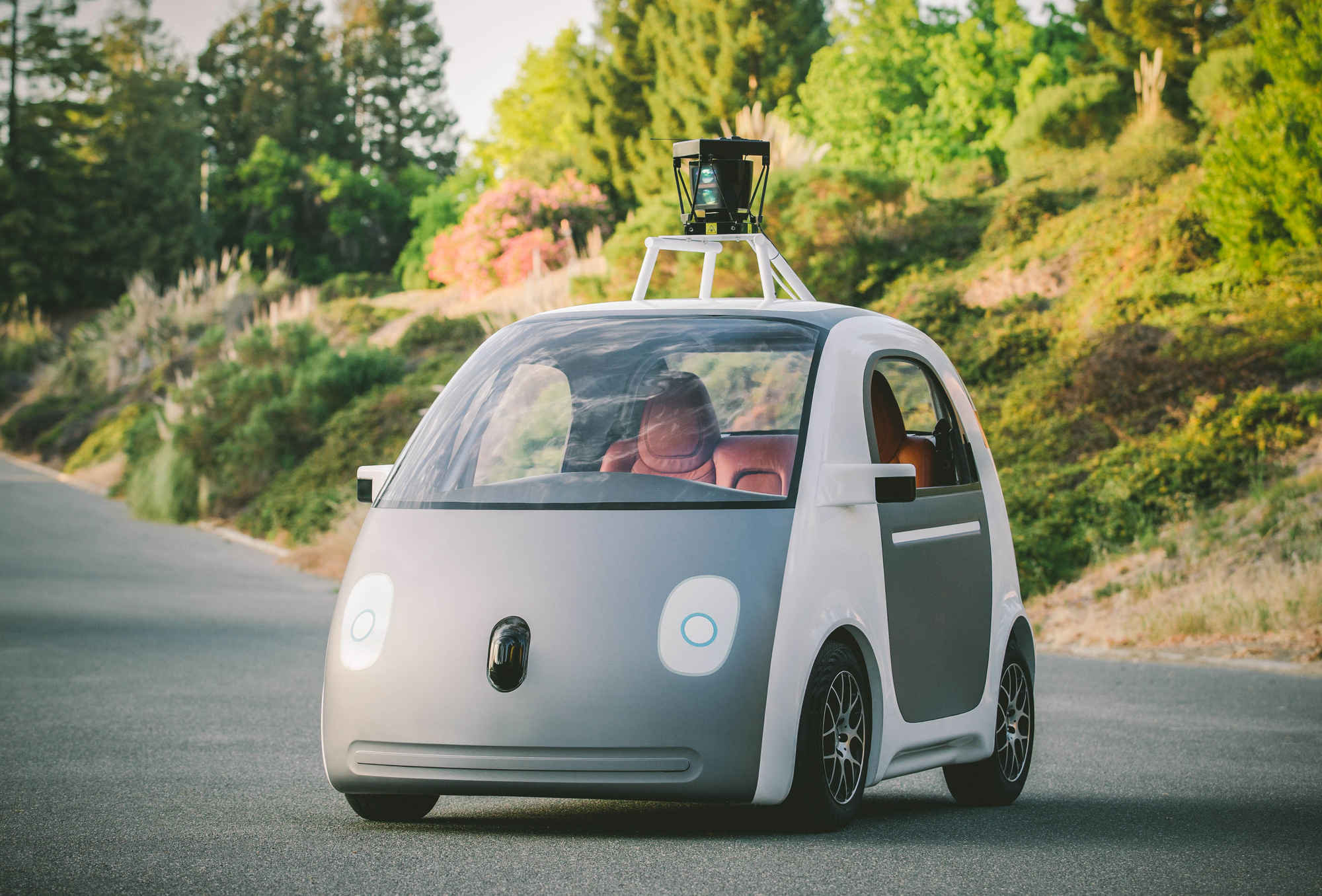

Since driverless cars first started appearing in physical form, rather than as an abstract concept and longtime sci-fi staple, there have been concerns over their safety. Would they go out of control? Could they be hacked, and what would happen if they were? Are they better than a human driver?
In the end, all the incidents so far have (largely) been fender benders low speed crashes in which there were no injuries or fairly minor ones. What's intriguing, though, is that in virtually all cases, the tech companies that own and operate the self-driving car have blamed human error.
To quote Mandy Rice-Davies: "Well they would say that, wouldn't they?" But that doesn't mean it's not true. The most recent case, where a driverless shuttle in Las Vegas collided with a reversing truck, is still under investigation, but apparently the autonomous vehicle performed as it was programmed to it saw the approaching lorry and stopped. The human-operated vehicle, on the other hand, didn't, and continued to reverse until it crashed.
It's hard to say what a human driver would have done in the situation, although I suspect some creative thinking like beeping their horn or reversing themselves in order to actively avoid the collision would have been likely. The shuttle, however, wasn't programmed to do that so despite obeying its programming, the collision still happened.
And this is part of the problem with driverless cars when they share the road with human drivers; they don't have the ability to think in the abstract ways that humans do. While their reaction times may be faster, they can't problem solve in the way a person can when an unexpected situation occurs.
Does this mean we should abandon autonomous vehicles completely? Not at all. Even I, an arch sceptic on a lot of things, have come round to the idea of self-driving cars and trucks. For one, it could help counter the kinds of terrorist attacks that we've seen in London, Barcelona, Berlin, Nice and Charlottesville, where vehicles have been deliberately driven into crowds.
But while we still have human-operated vehicles, I don't think there's any way for these two vastly different driving styles to safely share the same roads at the same time. Humans are too unpredictable, they don't always obey the rules. They're not robots.
Get the ITPro daily newsletter
Sign up today and you will receive a free copy of our Future Focus 2025 report - the leading guidance on AI, cybersecurity and other IT challenges as per 700+ senior executives
While human-driven cars still comprise the vast majority of traffic, and perhaps even when they don't, we need to determine a safe way for driverless vehicles to use the road. Though this is really a question for urban planners, separate lanes that are physically divided from the mainstream traffic (so that those unpredictable humans don't decide to just break the rules and use it), seems like an obvious solution - although standardisation is also needed.
Will that require us to rethink how our cities are laid out? Yes, but with the push for smart cities, we're going to have to do that anyway.
Driverless cars are the (eventual) future, but if we want to get there anytime soon, we need to make sure it's done smoothly and safely.

Jane McCallion is Managing Editor of ITPro and ChannelPro, specializing in data centers, enterprise IT infrastructure, and cybersecurity. Before becoming Managing Editor, she held the role of Deputy Editor and, prior to that, Features Editor, managing a pool of freelance and internal writers, while continuing to specialize in enterprise IT infrastructure, and business strategy.
Prior to joining ITPro, Jane was a freelance business journalist writing as both Jane McCallion and Jane Bordenave for titles such as European CEO, World Finance, and Business Excellence Magazine.
-
 Asus ZenScreen Fold OLED MQ17QH review
Asus ZenScreen Fold OLED MQ17QH reviewReviews A stunning foldable 17.3in OLED display – but it's too expensive to be anything more than a thrilling tech demo
By Sasha Muller
-
 How the UK MoJ achieved secure networks for prisons and offices with Palo Alto Networks
How the UK MoJ achieved secure networks for prisons and offices with Palo Alto NetworksCase study Adopting zero trust is a necessity when your own users are trying to launch cyber attacks
By Rory Bathgate
-
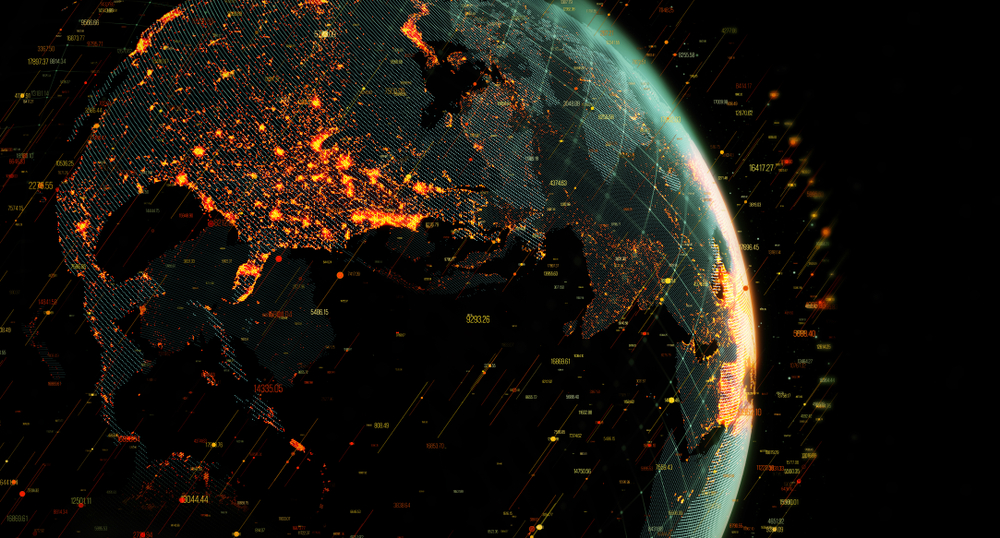 Why cutting-edge innovation is killing the planet
Why cutting-edge innovation is killing the planetIn-depth AI and robots will do our work, we’ll get paid in cryptocurrency, and cars will drive themselves – but each of these technologies is a massive energy hog
By Nicole Kobie
-
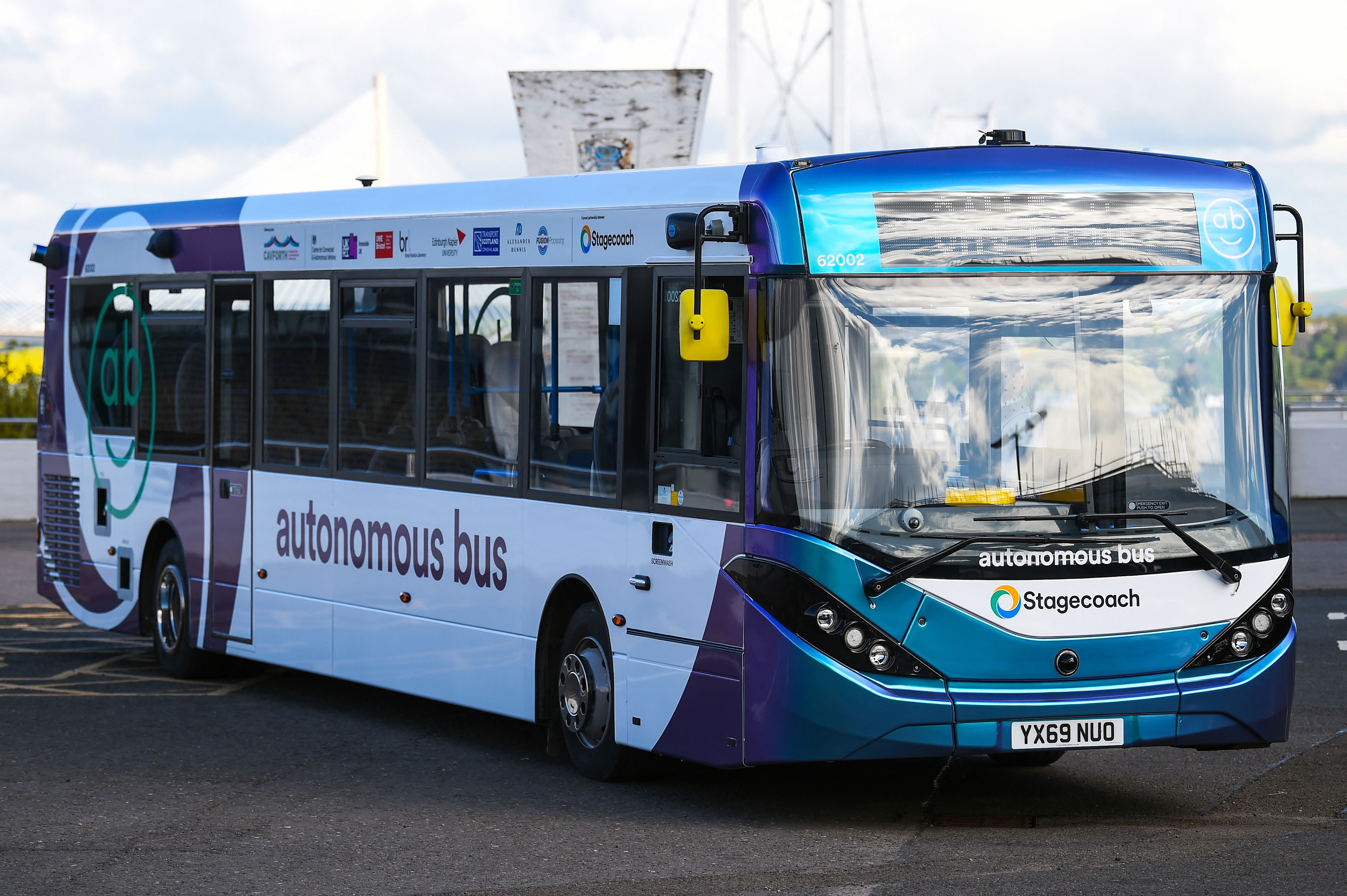 Meet the CAVForth project: The world's first autonomous bus
Meet the CAVForth project: The world's first autonomous busCase Study Edinburgh's AB1 route, in Scotland, lets the public catch a ride on an self-driving bus over the Forth Road Bridge. But is this really the future of public transit?
By Nicole Kobie
-
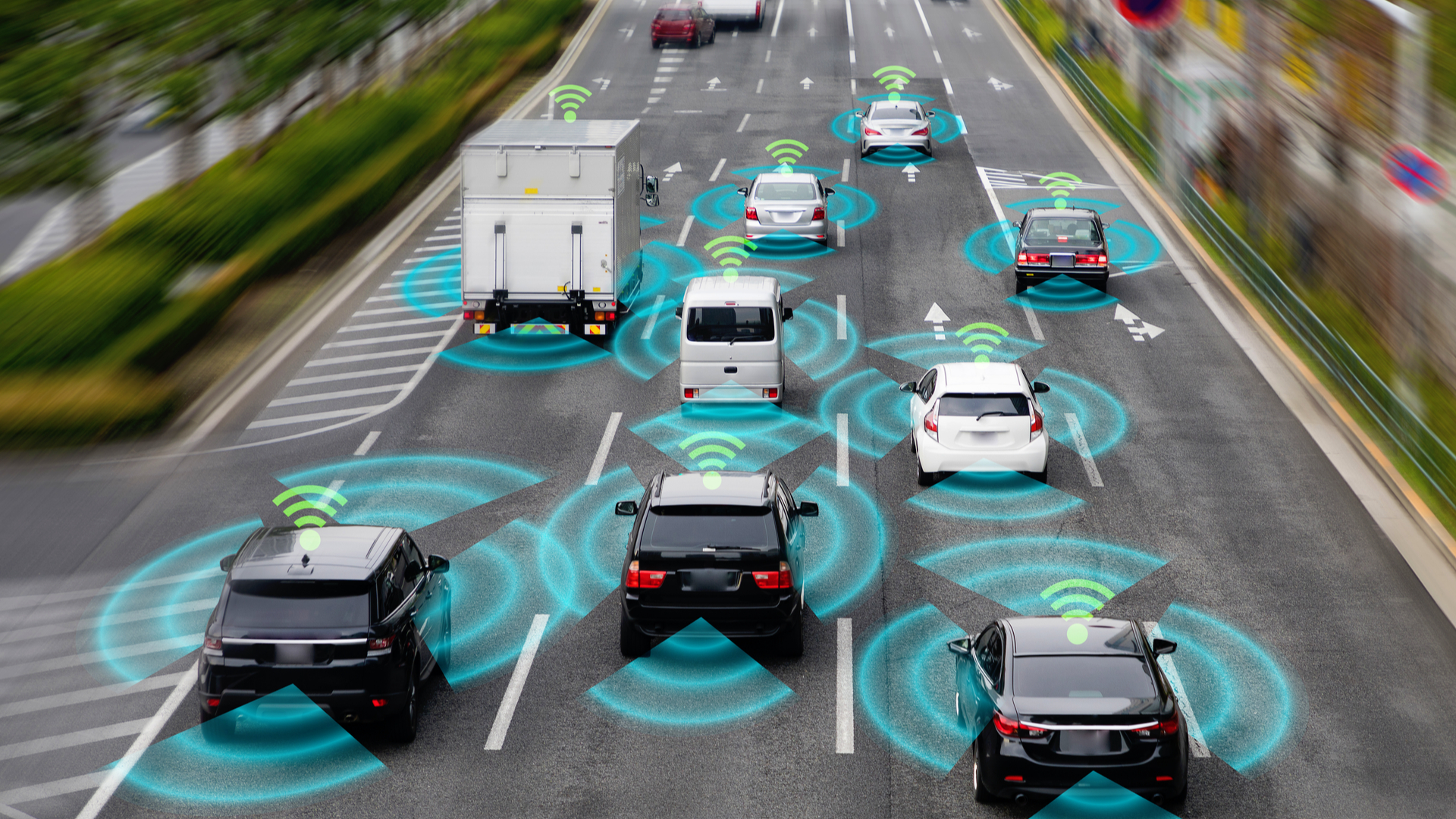 Sonatus secures $35 billion to spur software-defined vehicles
Sonatus secures $35 billion to spur software-defined vehiclesNews The funding will be used to turn cars into data centers on wheels
By IT Pro
-
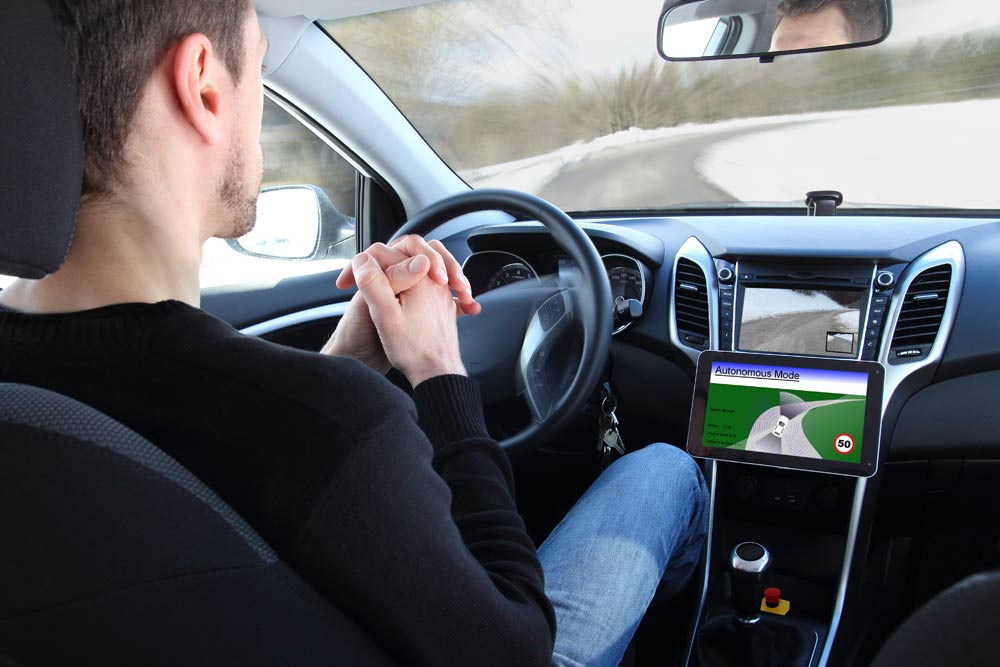 Oculii raises $55 million for its AI-powered radar software
Oculii raises $55 million for its AI-powered radar softwareNews The VAI platform by Oculii improves the angular resolution of any radar by up to 100 times
By Praharsha Anand
-
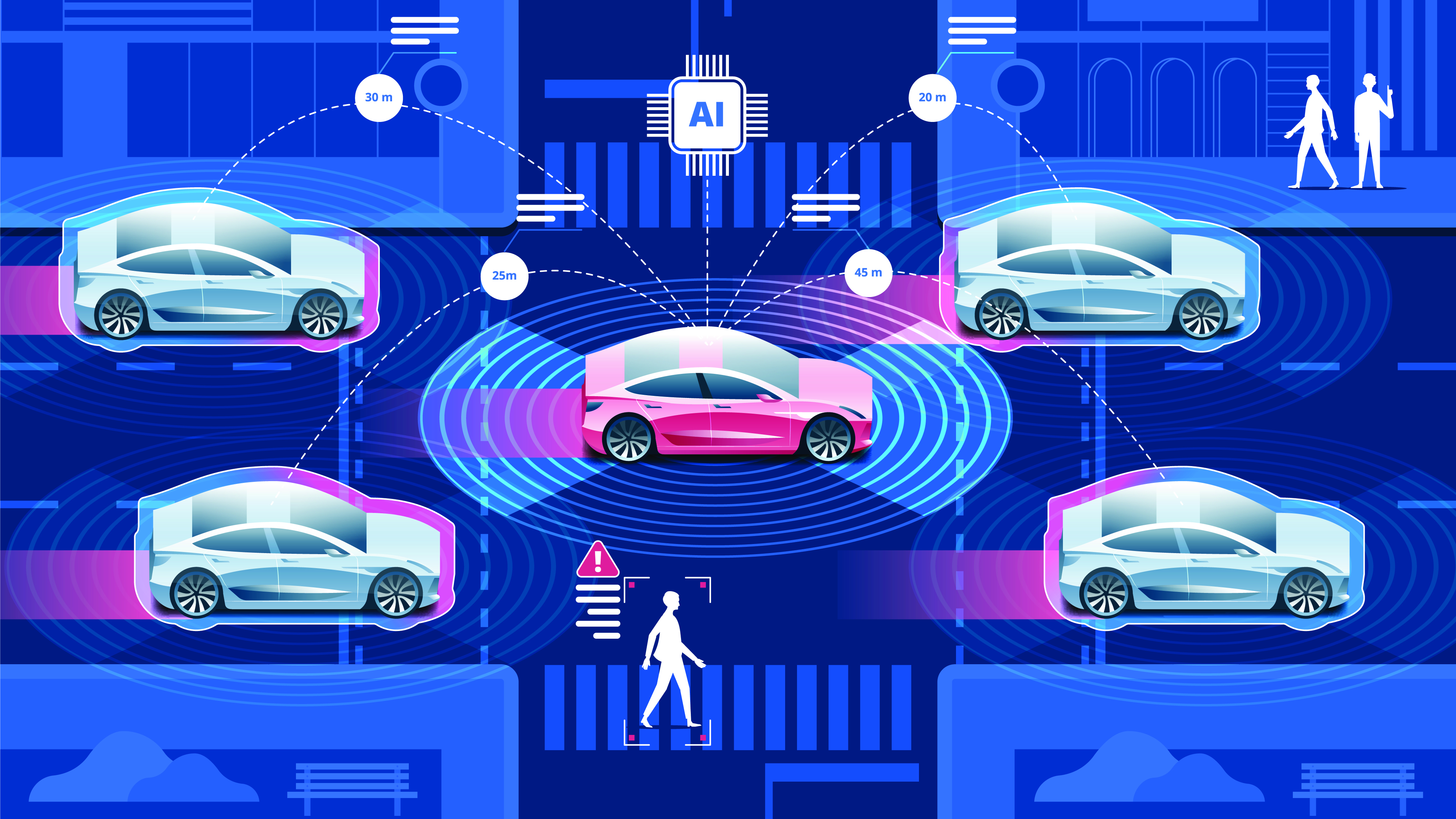 ZF augments vehicle intelligence with next-gen AI supercomputer
ZF augments vehicle intelligence with next-gen AI supercomputerNews New ZF ProAI packs a punch with up to 66% more computing power than its predecessor
By Praharsha Anand
-
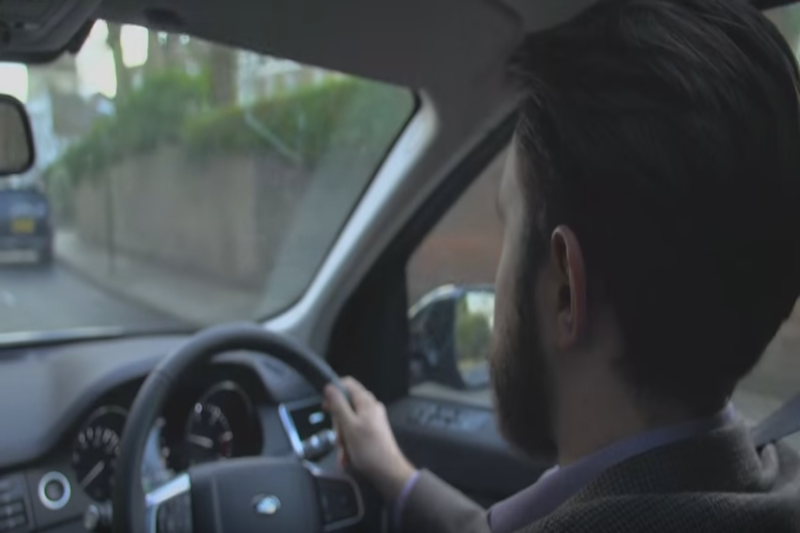 Autonomous cars may prompt the changing of Australian drink-driving laws
Autonomous cars may prompt the changing of Australian drink-driving lawsNews The rise of autonomous vehicles could significantly change future driving laws
By Hannah Simms
-
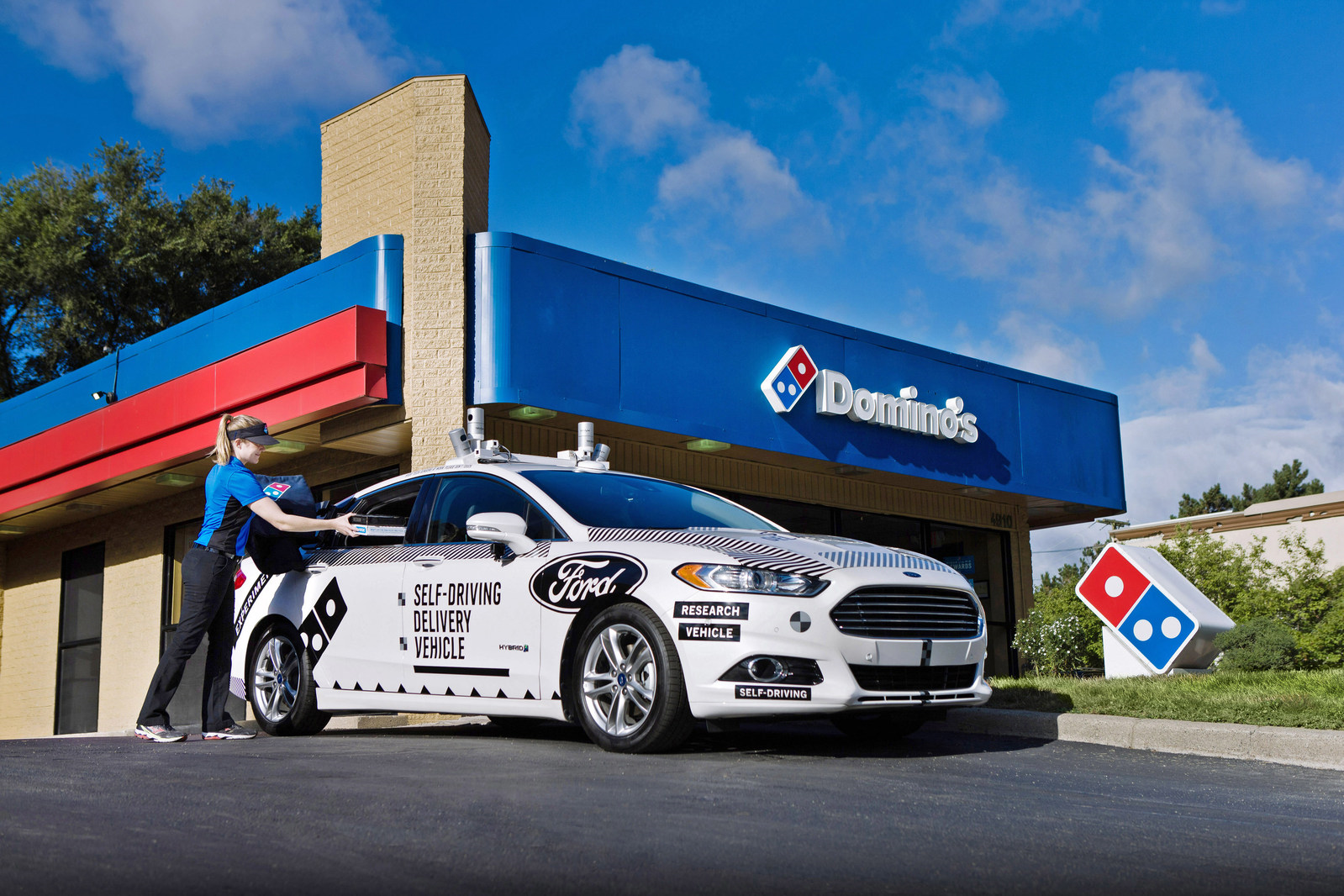 One large pizza, extra onions, hold the tech gimmicks
One large pizza, extra onions, hold the tech gimmicksOpinion Driverless pizza deliveries do nothing for customer service, argues Jane McCallion
By Jane McCallion
-
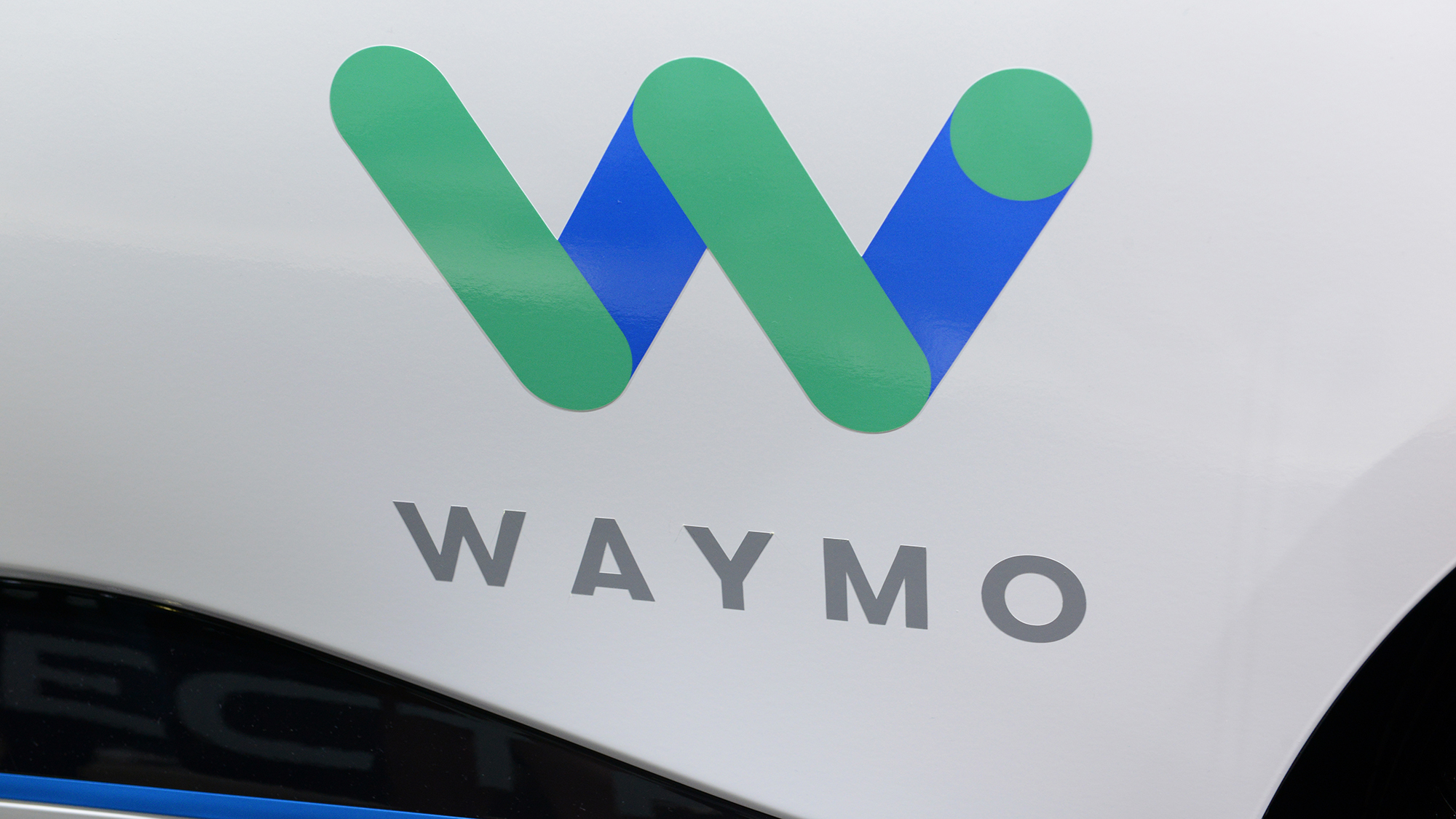 Google's Waymo company wants to make soft autonomous cars
Google's Waymo company wants to make soft autonomous carsNews A patent describes cars that soften before impact
By Curtis Moldrich